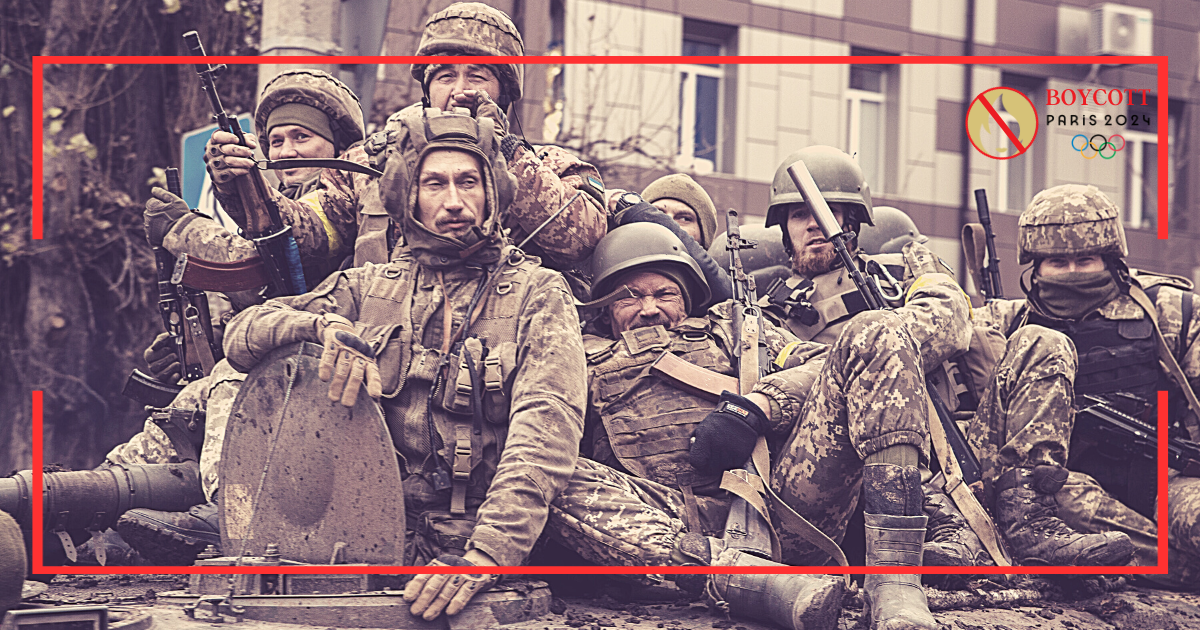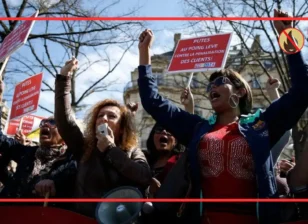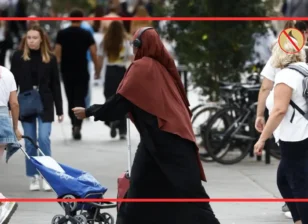France’s AI Surveillance: Security Or Political Breach?
Under the overview of enhancing national security, France has recently used some AI tools. Strong security gauge is necessary , a broad look expands a complex interaction between possible human rights violations and political simulations. As it gets ready to host the 2024 Olympics, France is implementing widespread algorithmic video monitoring, including equipment that can identify abrupt movements in crowds, abandoned goods, and people who are lying down.
French Security Measures
France must change the way of dealing with security threats like many other countries have already done. Due to the increase of growth rate in terrorism and cyber threats, the government has built out cutting-edge technology such as AI inspection. Security steps are needed for assessing the size and reach of AI inspection projects. “Mass surveillance powered by AI is a risky political endeavor that may result in widespread human rights abuses. “Any activity in a public area will be ensnared by a web of monitoring systems, compromising essential civil liberties,” stated Agnes Callamard, secretary general of Amnesty International, shortly after the legislation was enacted.
Political Intent And Monitoring
AI keeps an eye on the influence of a political environment which lies against the surface of security concerns. In fact The European Union AI Act, which aims to safeguard individuals’ rights and privacy by limiting government and commercial use of AI, is now being worked up in detail by France and other EU member states. An AI rule pertaining to welfare policy has already brought down one European administration due to its inadequate implementation.
Implications For Human Rights
With the increase of AI inspection, human rights defense becomes more important. More collection of data and reports lifts up questions concerning potential information misuse and privacy breach. It maintains that algorithms that fall under its purview “do not apply facial recognition techniques or process any biometric data.” They are unable to do any automatic linkage, interconnection, or reconciliation with other personal data processing.
Technology in Conjunction With Surveillance
Such terminology is seen as progress by Paolo Cirio, an artist who previously produced posters of police officers’ faces and displayed them around Paris in an unofficial experiment in crowdsourced facial recognition. “I find it amazing that the government must stipulate in the law that they will not be using biometric technology even during the Olympics in France,” the man adds. “That is the outcome of years of activism in France, Europe, and other places.”
Public Attitude and Privacy Issues
A basic point is disregarded which is how the public feels about AI snoop. In an open letter, civil society organizations in Europe said that the surveillance will inevitably lead to the identification and isolation of specific persons, therefore robbing innocent people of their right to privacy. Moreover, public expectations and security needs are kept in balance so AI monitoring will be performed in a more responsible way.
Comparing Surveillance Policies Around the World
We have to compare the comprehensive understanding of AI inspection throughout the world. “We don’t use biometrics to trigger alerts; rather, we use positional data, like whether someone is lying down,” explains Alan Ferbach, co-founder and CEO of Videtics, a Paris-based startup that bid on a portion of the security contract for the 2024 Olympics. Videntis already sells software that can identify unlawful outdoor dumping and building falls, both of which don’t require personal identification.
France’s Legal Framework for Surveillance
It is essential to look into the law giving structure to oversee AI snoop in France. Weber is especially worried about the potential for poor crowd-analysis AIs caused by biased training data. Software engineers will still need to decide what to do with all the real-world data they get, even if they are able to assemble enough simulated or real-life footage of inappropriate conduct to train their algorithms without bias.
The Historical Background of Monitoring
In contrast, some academics are working on systems that use gait analysis to identify people in videos or at least tell them apart from one another. Applying this method to surveillance footage would be against French Olympic legislation and circumvent the privacy-enhancing benefits of face blurring and overhead camera collection. With the use of historical data as a proof, we can grasp the continuity of surveillance in a better way.
The Bottom Line
Additionally, the Olympics have been used as a testbed for techniques to get beyond intrusive security measures. A barrier encircling the Lake Placid Olympics Village was erected by officials in 1980, but athletes continued to lean against it, setting off alarms. Other nations’ human rights may suffer.





